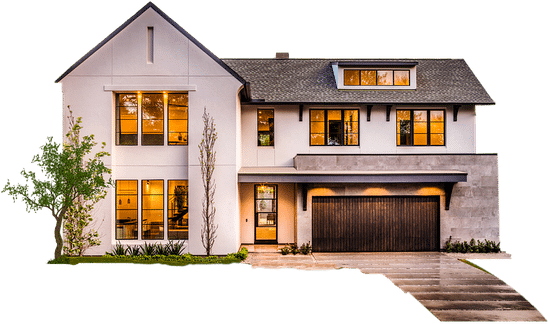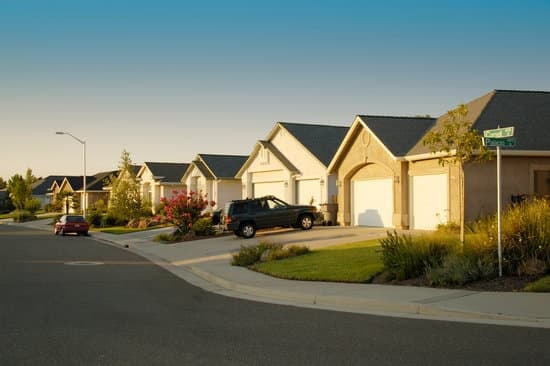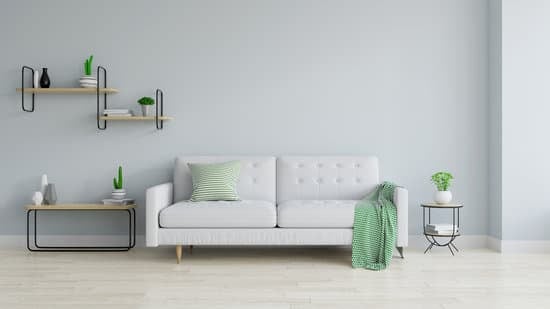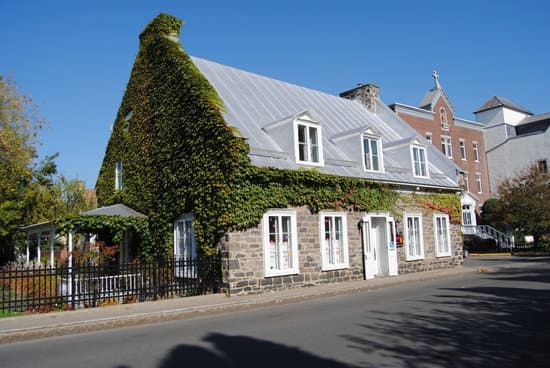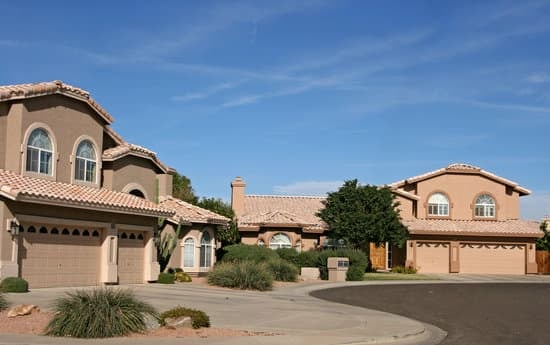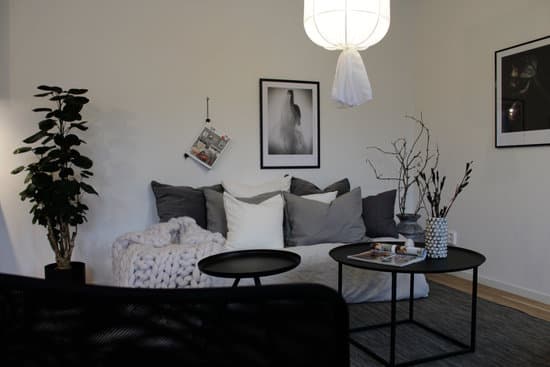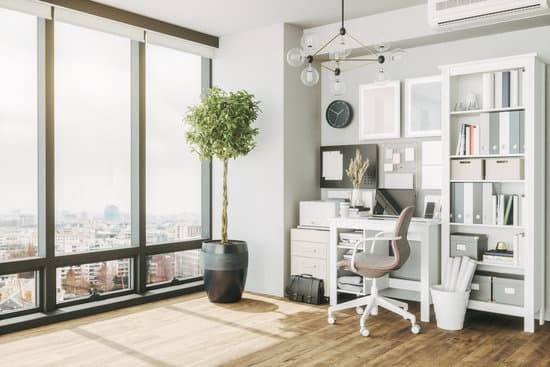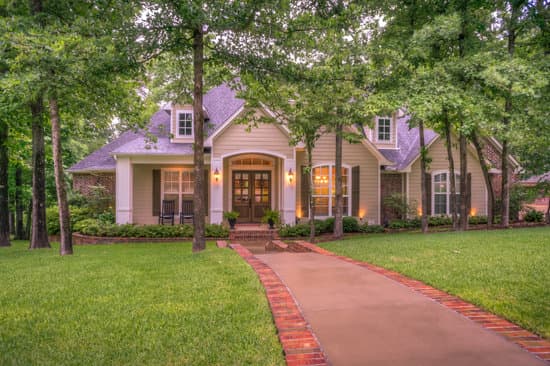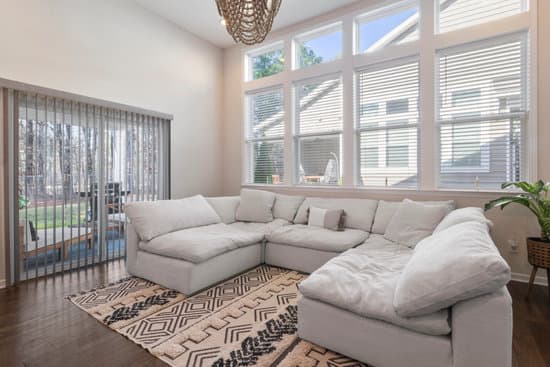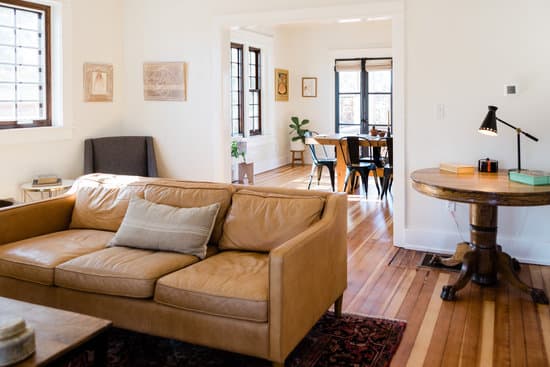Framing: The Backbone of Your Home
When building a home, one of the most important aspects is choosing the right framing material. Framing is essentially the skeleton of the house, and it determines the strength and durability of the entire structure. The decision you make as to the type of framing material you should use should be carefully considered to ensure that your house is structurally sound and meets the necessary building codes.Understanding the Cost of Framing
Framing is also one of the most expensive parts of building a house. The cost of framing largely depends on the type of material used, as well as the size and design of the house. According to Forbes, the highest-quality lumber costs about $33,000 for homes within the United States. On the other hand, metal stud frame systems begin at around $20,000. However, it is important to note that the cost of framing is just one of the many factors that affect the overall cost of building a house. Other factors include the location of the house, the size of the lot, and the type of materials used for roofing, plumbing, and electrical systems.The Expensive Side of Quality Lumber
If you opt for wood framing, quality lumber comes at a price. The highest-quality lumber, known as premium-grade, is the most expensive and is often used for high-end homes. It is sourced from slow-growing trees with consistent grain, which leads to less warping, twisting, and cracking. Premium-grade lumber is also better quality in terms of strength, stiffness, and resistance to moisture and pests. If the cost of premium-grade lumber is beyond your budget, you can consider using framing lumber that is graded below premium. However, this may compromise the quality, durability, and longevity of your home.Different Framing Options to Consider for Your Home
Besides traditional wood framing, there are several other framing options to consider for your home. Here are a few:- Steel framing: This is a durable and cost-effective alternative to wood framing. It is resistant to fire, rot, insects, and mold. Steel framing is also lightweight, which makes it a great option for multi-story or large homes.
- Insulated concrete forms: These are concrete blocks that are filled with foam insulation. They offer excellent thermal insulation, soundproofing, and resistance to fire and wind. Insulated concrete forms also provide a solid and durable structure for your home.
- Timber framing: This is a traditional method of building that uses large timbers and wooden joinery. It creates a rustic and charming look, and it is often used for log or timber homes. Timber framing is also known for its strength and durability.
The Pros and Cons of Metal Stud Framing
Metal stud framing is a popular alternative to wood framing. Here are a few of the pros and cons: Pros:- It is lightweight and easy to handle
- It is resistant to fire, moisture, pests, and rot
- It is cost-effective and has a lower thermal conductivity than wood
- It is recyclable and environmentally friendly
- It is more difficult to install than wood framing
- It requires special tools and techniques
- It may not be ideal for some designs or styles of houses
Factors Affecting the Cost of Building a House
Apart from framing, there are several other factors that can significantly affect the cost of building a house. Here are a few to consider:- Location: Properties in urban or prime locations tend to cost more than those in rural areas
- Lot size: The larger the lot, the more expensive it may be to build a house on it
- Materials used: High-end materials are more expensive than standard or basic materials
- Design and style: Complex or custom designs may require more specialized labor and materials, which can increase the cost
How to Control the Cost of Framing During Construction
There are a few steps you can take to control the cost of framing during construction:- Consult with your builder or architect to choose the best framing material based on your budget and needs
- Plan your design and layout carefully to minimize waste and reduce the amount of framing needed
- Consider using prefabricated framing components to save time and labor costs
- Choose a reputable and experienced contractor who can provide cost-effective solutions without compromising on quality




